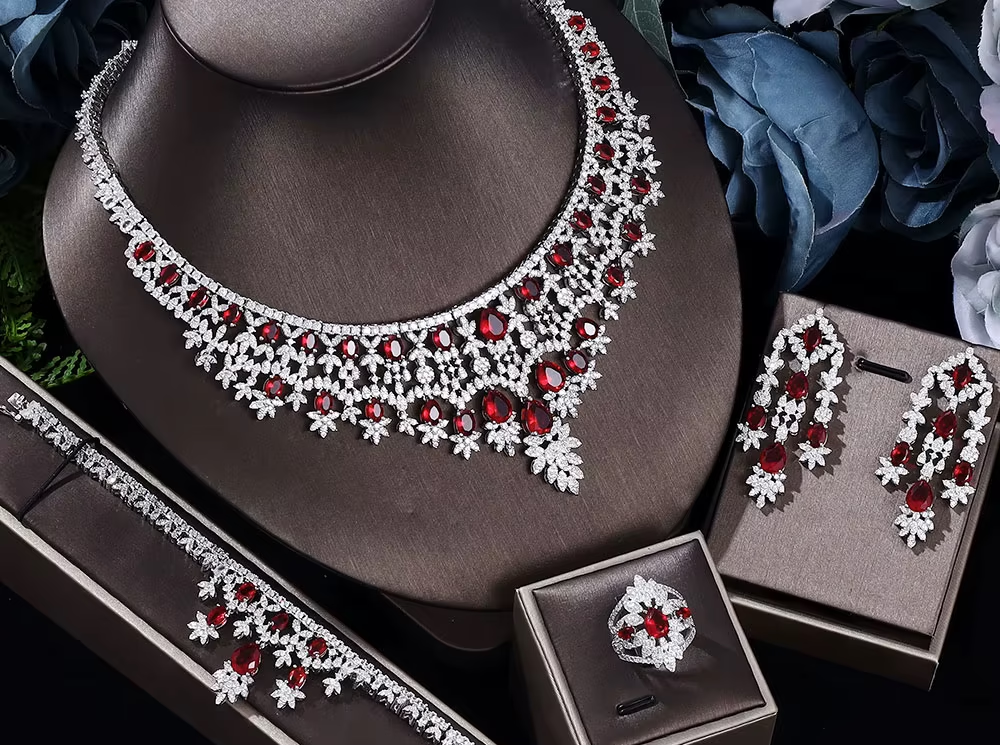
Protect what sparkles most. Insure your jewelry today.
Jewelry insurance can be worth it, particularly for valuable or sentimental pieces. Before purchasing jewelry insurance, it’s essential to understand the key factors that influence coverage, costs, and how claims are handled. First and foremost, insurers typically require an up to date professional appraisal to determine the item’s replacement value, especially for high value pieces exceeding $1,000. These appraisals help establish the insured amount and may need to be updated every 2 to 5 years to reflect fluctuations in market conditions, such as changes in diamond prices, gold value, or craftsmanship costs. Failing to keep your appraisal current could result in being under insured if you file a claim. Another critical point is that standard homeowners or renters insurance usually offers very limited protection for jewelry, often only $1,000 to $2,500 for theft, and almost never for loss, damage, or mysterious disappearance. To obtain comprehensive coverage, a scheduled personal property endorsement (also known as a floater) must be added to your policy, or you may choose a standalone jewelry insurance policy, which generally offers more robust and specialized protection. When it comes to claims, many insurers do not provide a direct cash payout; instead, they offer to repair or replace the item using jewelers within their networks, which may limit your options for customization or trusted craftsmanship. Some policies do allow you to work with your own jeweler or receive a cash settlement, but this must be explicitly stated in the terms. If you travel frequently, ensure the policy provides worldwide coverage and covers risks associated with mailing or transporting jewelry, something not all standard policies include. Importantly, filing a jewelry claim under your homeowners insurance could raise your premiums or even jeopardize your policy renewal, making standalone insurance a safer option for preserving your overall home policy. Additionally, insurers often impose preventative requirements such as storing valuable items in a secure home safe or using security systems. Claims involving negligence, such as leaving your ring in a public restroom or losing it while swimming, may not be covered unless the policy specifically includes “mysterious disappearances” as a covered event. Finally, you should carefully review the list of standard exclusions, which typically include wear and tear (like a scratched gem or a thinning band), damage from war or nuclear events, intentional acts, fraud, or failure to provide proper documentation. Understanding these aspects in detail helps ensure you choose the right coverage and are fully protected in the event of loss, theft, or damage.
Categories: Blog, Jewelry Insurance
